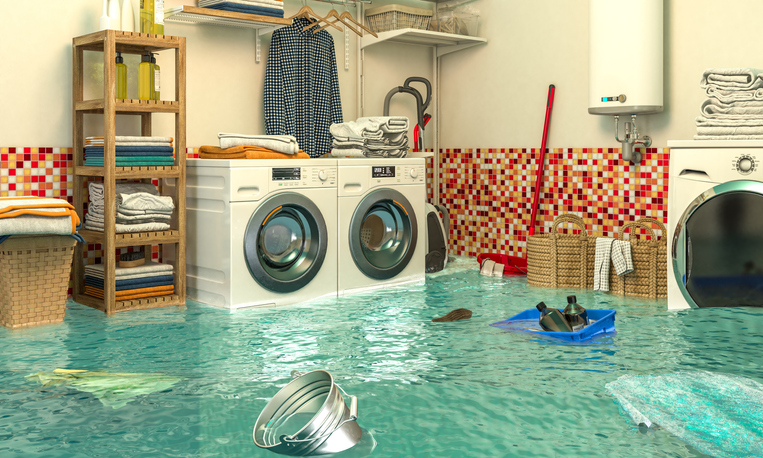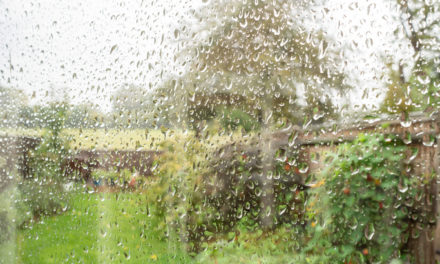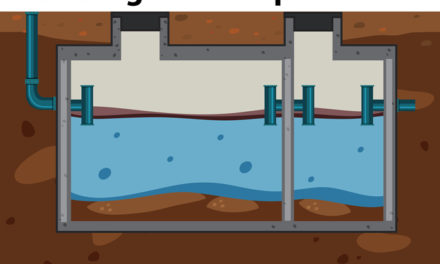No one wants a flood in their home, and we do our best to make sure our clients have clear sewer pipes without roots or debris to cause backups and floods. However, sometimes a backup does occur, especially in a home that has not had a sewer inspection in a while. What should you, as a homeowner, do if you experience a flood due to a sewer backup? Here are a few tips to help you handle a flood in your home in the safest and best way possible.
1. Don’t Use Your Plumbing
The most important thing is to do as soon as you notice overflow water flooding into your home (likely in your basement) is to stop using your plumbing until the situation is fixed. This is because your pipe is already filled to the brim (and more) with water due to a clog somewhere. If you then turn on your sink or flush a toilet, you are adding water to the pile-up and will contribute further to the overflow. Which leads us to our next tip–
2. Turn Off Your Water
The best way to make sure more water isn’t added to the flood is to turn it off entirely. It’s important to know where your water valve is in order to shut it off in an emergency. Even if a flood seems small, you want to get that water turned off before it causes even more damage.
3. Shut Off Your Electricity
If there is enough water to get to your wires and outlets, you want to shut off your electricity immediately to prevent any damage. It can be incredibly unsafe for your electrical system to come into contact with the flood waters. Make sure you have flashlights at the ready in your home (preferably as part of an emergency preparedness kit) for just this sort of situation.
4. Document the Damage
Your insurance company is going to want to see pictures of the flood and the damage in order to figure out how much to compensate you, if they compensate you at all. It depends on the kind of insurance plan you have–not all plans cover floods. However, it is important to take pictures and notes about the details of the event to cover all your bases. You may be so focused on stopping the flood in your home and cleaning up the damage that you forget to take this important step, so it might be helpful to keep a written list of actions to take in various emergencies so you don’t forget anything crucial.
5. Clean Up
You want to clear away any belongings or moveable furniture pieces that are in the flood area and lay them out to dry. If you can bring them outside, that is always the best as the sun will not only dry your items but will freshen them up from any smells from the water. You also want to obtain a wet vacuum to clean up the water as soon as possible before mold gets a chance to grow. Mold is one of the biggest concerns after a flood.
6. Call a Professional
A professional plumber or sewer expert will be able to locate the source of the backup using camera technology and will discuss with you different solutions based on the problem and your budget. It may be as simple as clearing the clog, but if your pipe has any damage due to tree roots or other debris, it may need to be replaced or lined. Though the work of replacing or lining a pipe can get pricey, it’s important in order to prevent another backup. Ultimately, it will save you money and headaches in the long run.
At A&L Cesspool, our experts have extensive experience diagnosing sewer issues that cause floods in homes and buildings. We use the latest technology to diagnose and fix your backup problem in the quickest and simplest way to avoid extensive and expensive work in your yard. Most importantly, we offer preventative inspections in order to make sure you don’t experience a flood in your home in the first place.









